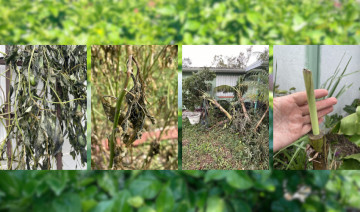
Hurricane Recovery
Hurricane damage and recovery in the garden:
If you live in Southwest Florida, you and your garden has probably been through a few (to many) hurricanes – especially in the last month. This blog post will help you recover your garden and landscaping, if possible.
As Floridians, we are all too familiar with the damaging winds, destruction, debris, and flood of emotions each hurricane brings. We are all in this together as a community and at MRT we are here to help each other the best we can. Before you can begin recovering and repairing your landscaping, it’s important to take a deep breath and be patient. Plants - like people, need time to process, heal and recover.
Removing debris:
The first step for your garden recovery is to remove any debris. Clear away fallen leaves and branches away from your plants to help prevent disease and provide space and airflow to help them recover.
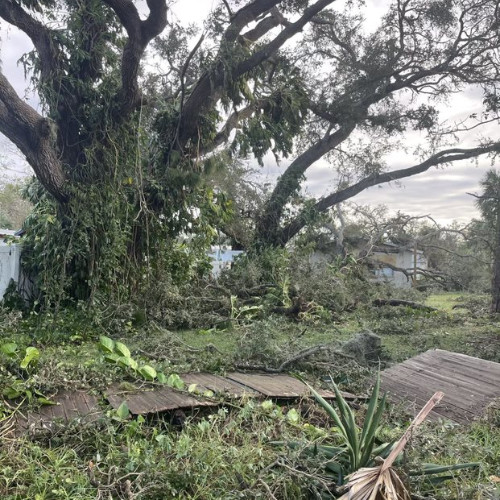
Inspect your plants:
Second, inspect the plants for damage, look for broken branches, uprooted plants, damaged leaves, or flooding.
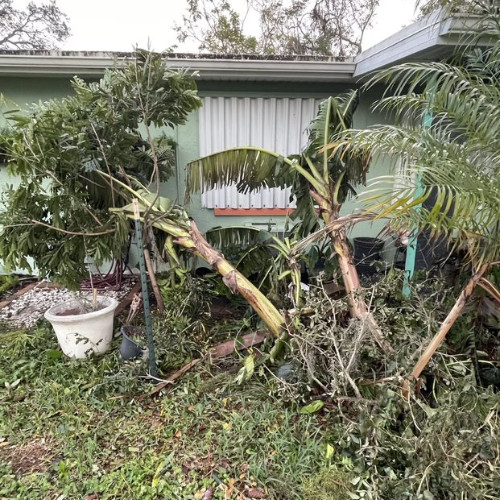
After a visual inspection of your landscape or garden, you can start by trimming perennials back to their undamaged stems, if they are undamaged. Bulbs and tuberous plants can be cut back and should return the following spring. Any annuals probably won’t survive, remove the annuals and send off with the rest of your greenery debris.
Wind damage:
Chances are most of your plant’s leaves will have wind burn, also known as wind scorch. Wind scorch is a common problem after a hurricane, especially like the wind speeds experienced with Hurricane Milton. Wind burn occurs from strong winds, which rapidly removes moisture from plants, causing leaves to wilt and turn brown. The most visible symptom of wind burn typically starts at the edges of the leaves and progresses inward toward the veins. However, if there’s no rain with the hurricane the leaves may just be totally dried and crispy. This damage resulted from the wind’s desiccation of the plant’s moisture, leaving it looking scorched.
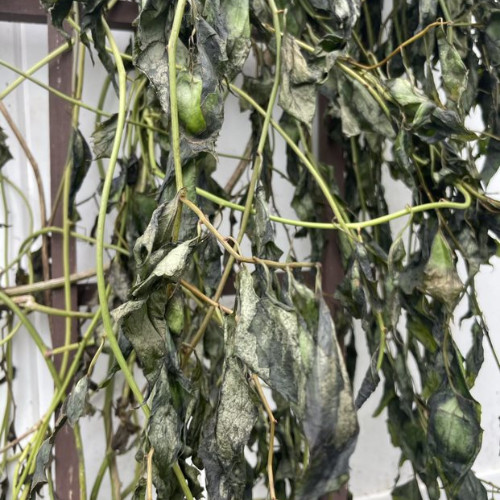
Fortunately, most plants can recover from wind burn. You can remove the dried leaves or let them fall off naturally. The key to the plant’s recovery is supplemental watering. Replenishing the water helps plants recover faster and promotes new growth.
Storm surge:
If your garden or landscaping suffered a storm surge and seawater soaked the roots, you can try to irrigate them with fresh water to flush out the salt from the soil and give them the fresh water they need. However, many plants will not recover from this type of damage and will need to be removed or replaced. If your garden flooded from rain, do not water it, let the soil drain and dry out. Plants sitting in water for long periods may suffuse from root rot. If so, they will need to be removed.
Uprooted plants:
Re-stake and Replant any plants that have been knocked over or uprooted, replant them as soon as possible. Re-stake any plants that were dislodged by the wind to give them some stability as they recover. Protect the roots of small trees and plants that have fallen over or otherwise been uprooted until you are able to replant them. You can cover the exposed roots with soil, moist burlap sacks, or moist sphagnum moss.
Damaged Foliage:
Prune and trim any damaged or dead foliage to prevent disease from setting in. Trimming will encourage new growth. Remove entire branches when the main structural branches break.
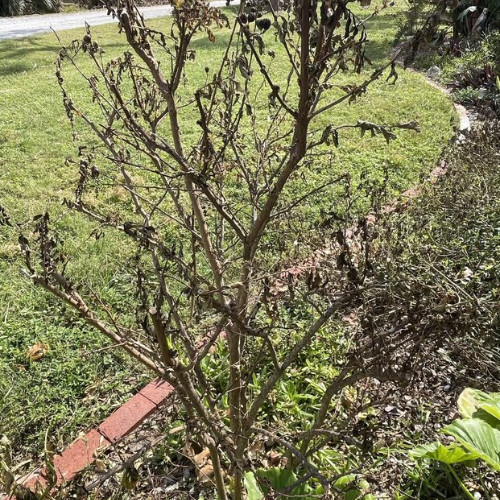
Disease:
Hurricanes can spread pathogens into new areas. Stressed plants have fewer defenses against pathogens. If you’re not sure if your plant has windburn, a disease or fungus, you can bring a leaf sample into one of our store locations, (make sure it is sealed in a Ziploc baggie) and ask for a plant yard associate to help you.
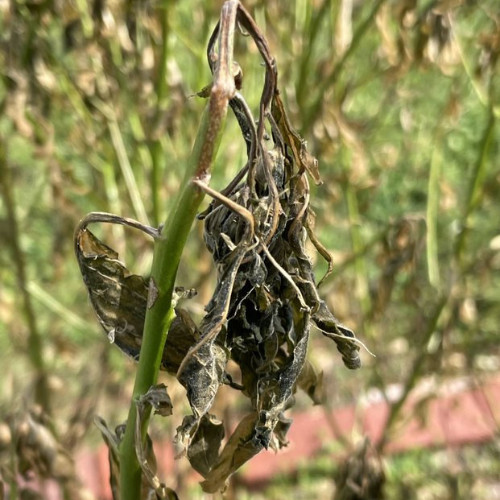
Watering:
If you’re not sure if you should water your plants, check the soil. MRT sells moisture meters that will tell you if your soil is to dry or to wet. Plants in pots should be watered thoroughly as high winds dry out the soil much quicker.
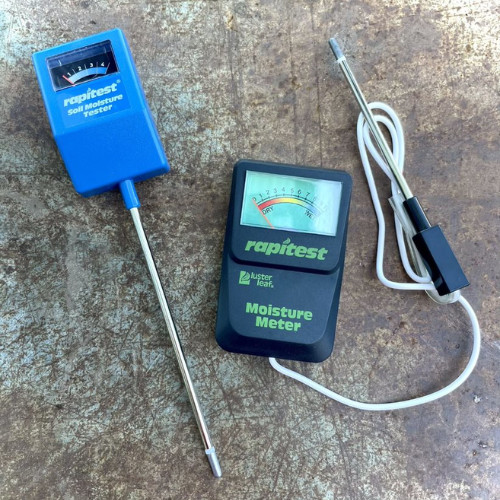
If the storm brought lots of rain in your neighborhood and you have standing water around any plants, hold off on watering until the soil has had a chance to dry out. Overwatering can lead to root rot, which is especially dangerous after a storm.
Saltwater from flooding and ocean water carried by the wind can damage plants in several ways. In the soil, salt displaces the nutrients plants need and will pull moisture out of the roots, causing desiccation. Salt can also burn foliage, causing leaves to die and drop. For plants that have been exposed to saltwater, irrigate them with freshwater as soon as possible. Apply more water, and water more frequently than under normal conditions. Spray the foliage off with fresh water.
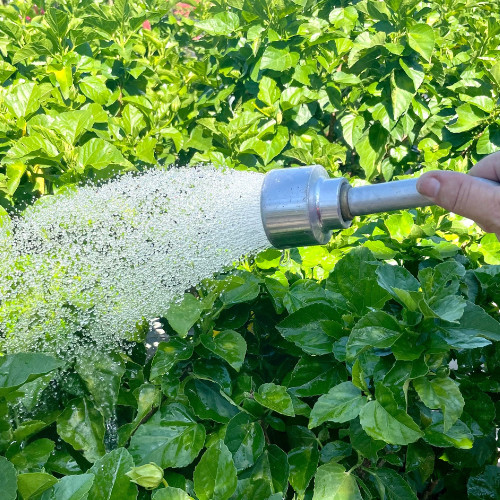
Fertilize and amend the soil:
Following any storm or hurricane that causes damage to your landscaping, consider give your plants a gentle boost with a balanced organic fertilizer. This can help them recover from the stress and encourage new growth.
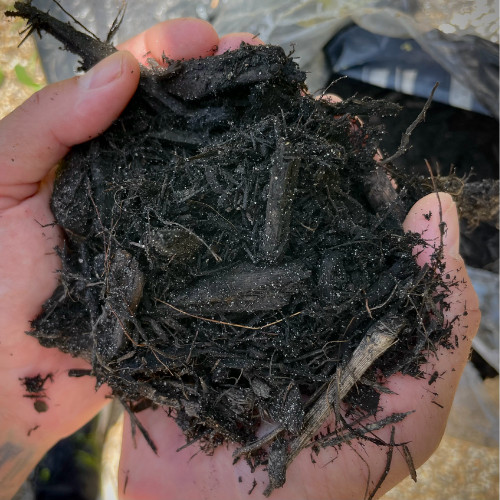
Monitor your plant’s health:
Be patient and keep an eye on your plants in the months following the storm. Look for signs of stress such as yellowing leaves or stunted growth. Some plants may take longer to bounce back, so be patient and give them the care they need, allow at least 6 weeks or more to see if any new growth appears.
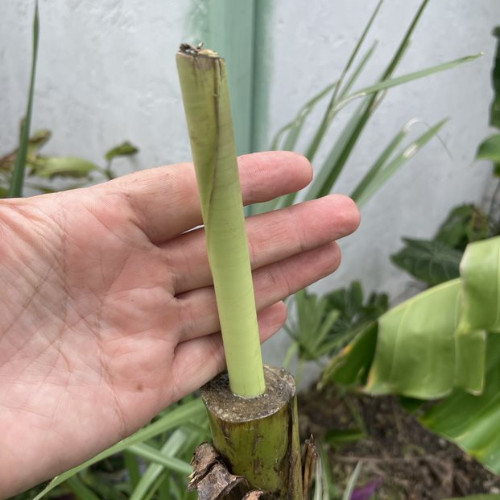
If you have questions or concerns - take pictures or bring in a leaf sample to one of our store locations and our plant yard associates can help you with what you need for your garden recovery. At MRT, we are standing by ready to help your landscaping or garden recover from Hurricanes Helene and Milton!
